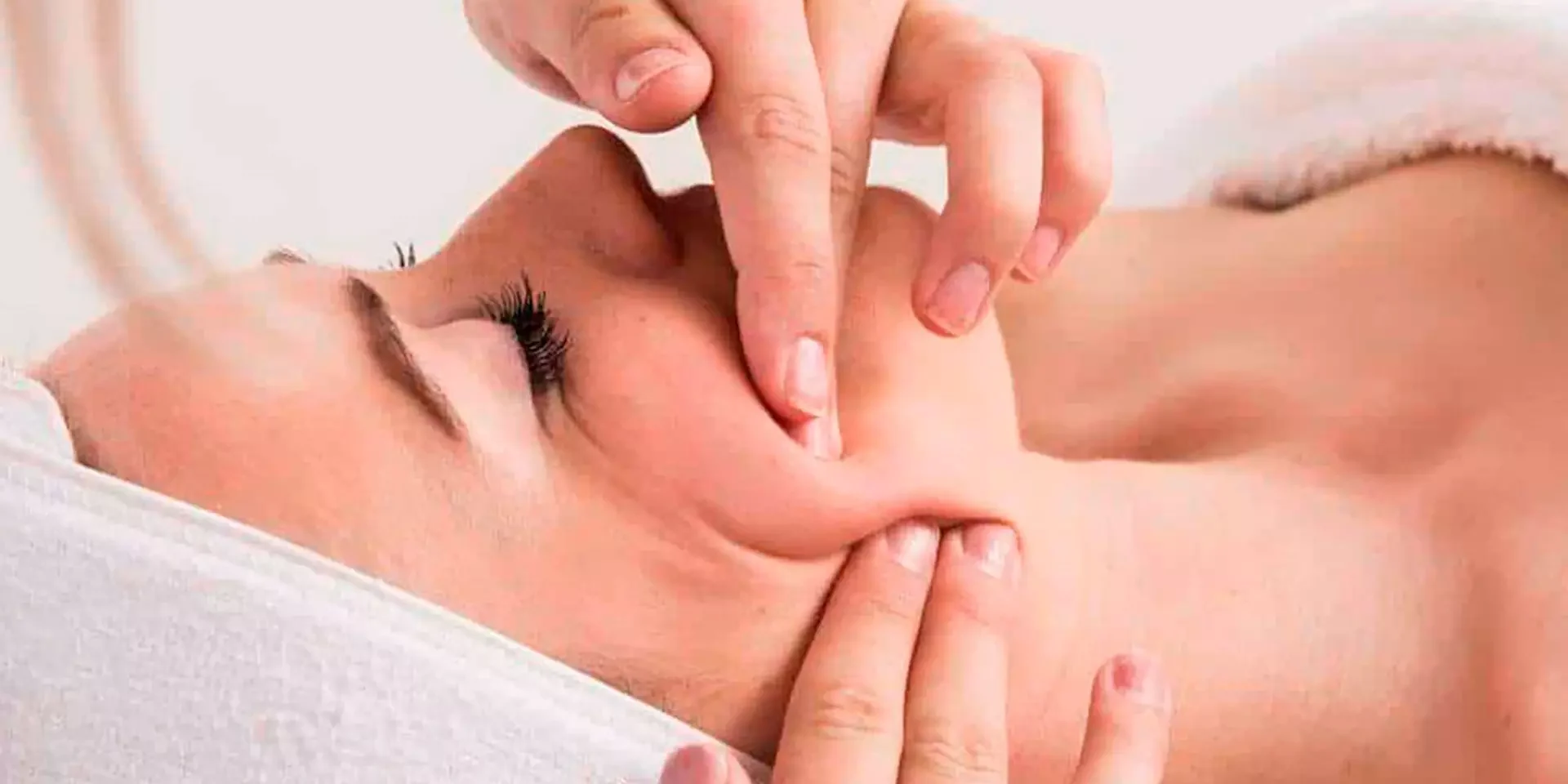Everything You Need to Know About Connective Tissue Face Lift
Ever looked in the mirror and wished for that youthful skin from yesteryears without going under the knife? Enter the world of connective tissue face lifts. But what exactly is it? Is it the same as the traditional face lift? Dive in to unravel the mystery.
What is a Connective Tissue Face Lift?
A connective tissue face lift, often referred to as a facelift or rhytidectomy, is a cosmetic surgical procedure that aims to give a more youthful appearance to the face. It reshapes the lower half of the face by removing excess facial skin. The procedure can tighten loose, hanging skin around the jawline, also known as “jowls.” It can also remove deep creases around the mouth and nose, and excess, hanging skin and fat under the chin and in the neck.
Here are some points to consider when deciding on this procedure:
- Your Goals: Understand what you want to achieve with the procedure. A facelift can improve many areas of the face in one surgery, but it might not address all your concerns.
- Health and Medical History: It’s important to be in good health. Certain medical conditions or medications can impact the safety and results of the surgery.
- The Surgeon’s Expertise: Choose a qualified, experienced plastic surgeon. Look at before-and-after photos of their work.
- Risks and Recovery: Be aware of the potential risks and the recovery time involved. Common risks include bleeding, infection, and scarring.
- Cost: Cosmetic surgery can be expensive and is not typically covered by insurance.
- Alternatives: There are non-surgical alternatives to facelifts, such as fillers, botox, or laser treatments, that might be worth considering depending on your needs.
- Long-Term Expectations: Understand that a facelift won’t stop the aging process and consider how you might feel about potential future changes.
- Consultation: A consultation with a plastic surgeon can provide personalized information based on your skin type, facial structure, and overall health.
How It Differs from Traditional Face Lifts
Traditional facelifts are surgical procedures, while connective tissue face lifts use techniques to stimulate your body’s own collagen production. Think of it like aerating a garden – you’re encouraging growth without drastically altering the landscape.
Connective tissue face lifts differ from traditional face lifts in several key aspects, primarily in terms of the techniques used and the specific areas of focus.
- Technique and Focus:
- Traditional Face Lift: This procedure typically involves making incisions near the hairline, around the ears, and sometimes under the chin. The surgeon then repositions and tightens deeper tissues, removes excess skin, and redrapes the skin over the newly repositioned contours. It primarily targets sagging skin and deep wrinkles.
- Connective Tissue Face Lift: This procedure, sometimes known as a “liquid facelift” or “non-surgical facelift,” often uses injectables like dermal fillers to enhance facial volume and smooth out wrinkles. It focuses more on the superficial layers of the skin and connective tissues, rather than repositioning deeper tissues.
- Invasiveness:
- Traditional face lifts are more invasive, requiring incisions and a longer recovery period.
- Connective tissue face lifts are less invasive, with minimal to no downtime, as they usually involve injections.
- Recovery Time:
- After a traditional face lift, patients typically need weeks to recover.
- Recovery from a connective tissue face lift is usually much quicker, often with patients returning to normal activities almost immediately.
- Results and Longevity:
- Traditional face lifts offer more dramatic and long-lasting results.
- The results of connective tissue face lifts are more subtle and typically need to be maintained with regular treatments.
- Risks and Complications:
- Traditional face lifts carry the usual risks associated with surgery, such as infection, scarring, and anesthesia complications.
- Connective tissue face lifts have fewer risks, primarily related to the potential for allergic reactions to fillers or minor bruising at injection sites.
- Ideal Candidates:
- Traditional face lifts are often recommended for individuals with significant facial sagging and skin laxity.
- Connective tissue face lifts are better suited for individuals who wish to address early signs of aging or those who prefer a less invasive approach.
Each type of face lift has its own set of advantages and disadvantages, and the choice largely depends on the individual’s aesthetic goals, degree of aging, and personal preferences. It’s always recommended to consult with a qualified plastic surgeon or dermatologist to determine the most suitable approach for one’s specific needs.
The Science Behind Connective Tissue Face Lift
Role of Connective Tissue in Our Skin
Connective tissues, primarily made up of collagen and elastin, are the skin’s scaffolding. They provide support, elasticity, and bounce. Remember when your skin had that youthful spring to it? Thank connective tissue for that.
How Aging Affects Connective Tissue
As we age, our body’s production of collagen decreases. The result? Saggy, wrinkled skin. It’s like when the foundation of a house weakens, the structure starts showing cracks. Collagen is an important protein in the skin, which is very important for maintaining the health and youth of the skin. Elastin is another protein in the skin that is very important for the flexibility of the skin and its return to its original state. Over time and with aging, the production of collagen in the skin decreases and as a result the skin begins to sag. Effective factors in the loss of these two proteins: dry skin, improper nutrition, sunlight, weight loss, genetics. Its physical symptoms: fine lines and wrinkles, decreased skin secretion, loose skin, spots, depressions.
Benefits of a Connective Tissue Face Lift
Longevity of Results
One of the primary benefits is the long-lasting results. Because it promotes natural growth, the results evolve and improve over time.
Natural Appearance
Say goodbye to the ‘stretched’ or ‘wind-blown’ look. This procedure provides a more natural appearance, ensuring you still look like ‘you’, just a fresher version.
Minimal Downtime and Side Effects
Recover at the speed of a Netflix binge session! Most patients can resume their normal activities within a day.
The Connective Tissue Face Lift Procedure
Pre-Procedure Preparation
Before the procedure, you might need to avoid certain medications and follow a skincare regimen.
The Procedure Step-by-Step
While each procedure can differ, most involve using tools or substances to stimulate collagen production, followed by cooling treatments.
Post-Procedure Care
Expect to keep your skin hydrated and protected from the sun. Your surgeon will provide detailed post-care instructions.
Possible Risks and Side Effects
While generally safe, some might experience mild redness, swelling, or rare allergic reactions. Always consult with your doctor about potential risks.
Who is an Ideal Candidate?
Not everyone is an ideal candidate. People with significant sagging might benefit more from surgical procedures. Always have a detailed discussion with your doctor.
What is Face lift connective tissue massage
A face lift connective tissue massage, also known as a facial connective tissue massage, is a specialized technique used in skincare and beauty treatments. This type of massage focuses on the connective tissues in the face. Connective tissues are vital for providing support and structure to the skin and underlying facial muscles. Here’s a brief overview:
- Purpose: The primary goal of a face lift connective tissue massage is to improve skin elasticity, reduce signs of aging such as wrinkles and sagging skin, and enhance overall facial appearance. It may also promote better blood circulation and lymphatic drainage in the facial area.
- Technique: The massage involves gentle, yet firm, strokes and manipulations targeting the deeper layers of skin and muscle tissue. The therapist may use a combination of kneading, stroking, and tapping movements to stimulate the connective tissues.
- Benefits:
- Skin Rejuvenation: By stimulating blood flow, this massage can lead to healthier, more radiant skin.
- Reduction in Fine Lines and Wrinkles: Regular treatments may help in reducing the appearance of aging signs.
- Improved Tone and Texture: It can enhance the firmness and texture of the skin, giving a more youthful appearance.
- Relaxation: Like any massage, it can be quite relaxing and reduce stress.
- Considerations:
- Professional Guidance: It’s important to have this massage performed by a trained and experienced therapist to avoid any potential harm.
- Skin Sensitivity: Individuals with certain skin conditions or sensitivities should consult a professional before undergoing this treatment.
- Regular Sessions: For best results, multiple sessions may be necessary.
- Not a Substitute for Medical Procedures: While a face lift connective tissue massage can provide aesthetic benefits, it’s important to note that it is not a substitute for medical or surgical face lift procedures. The results are generally more subtle and pertain to skin health and appearance rather than drastic changes.
Always consult with a qualified skincare professional or dermatologist to understand if this type of massage is suitable for your skin type and to discuss any potential risks. Raleigh Massage at Wake Forest today







